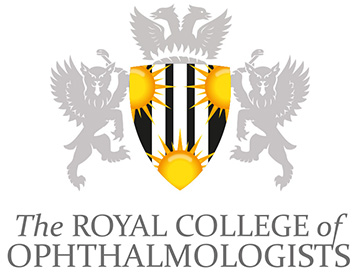Cataract Commissioning Guidance
25 March 2015
The Cataract Commissioning Guidance has been written in response to public concern that wide variations across the country in commissioning policy for the treatment of cataract is effectively creating a “postcode lottery” and may be denying or delaying access to cataract surgery to some patients who need it.
The last few decades have seen a series of technical advances in surgery for cataract which have greatly improved its safety and reliability in restoring good vision to people whose sight is impaired by cataract. In recognition of this fact, in the NHS Plan of 2000, the Government funded an initiative (Action on cataracts) to improve access to cataract surgery and reduce waiting times. Largely as a result of expansion and efficiency improvements in NHS hospitals, waiting times for cataract surgery diminished dramatically and the number of cataract operations in England and Wales increased from around 150,000 per year in the mid-1990s to around 330,000 by 2011.
The economic downturn of 2008 prompted a reappraisal of the cost and value of health care and as a result, many commissioning bodies ceased funding, or placed restrictions on treatments or interventions which were deemed to be “ineffective” or of “limited value”. Although little evidence was produced to indicate that cataract surgery was being performed unnecessarily, many commissioning bodies started to restrict access to cataract surgery by introducing referral thresholds based on visual acuity. Research conducted by the Royal National Institute for Blind People (RNIB) in 2011 found that the criteria for approval of cataract surgery varied widely from one commissioning body to another, and evidence that patients who needed cataract surgery were being denied access to it because their vision was deemed to be “too good”.
Equity of access is a fundamental guiding principle of the NHS. However, the resources of the NHS are finite and, acknowledging that commissioning bodies have to make difficult choices with limited budgets, we have reviewed the available evidence to try to answer some basic questions about cataract and its treatment, such as:
- Who is at risk of developing cataract?
- How does cataract affect health?
- Is cataract surgery effective?
- At what level of disability should cataract surgery be considered?
- Is one good eye good enough?
- What outcomes should be expected from cataract surgery?
- How can the risks of cataract surgery be minimised?
- How should cataract services care for patients with special needs?
We hope that this guidance will assist those who commission cataract services and those who provide care for patients with cataract. We hope too, that it will help patients and members of the public to understand and contribute to the debate about how cataract services should be provided in the future.
Richard Smith
Chairman, Cataract Commissioning Guideline Development Group
Question raised in Parliament 24 March 2015
Sir David Amess MP: What assessment he has made of variation across clinical commissioning groups in visual acuity restrictions for patients requiring cataract surgery. [227882]
Dr Daniel Poulter MP, Parliamentary Under-Secretary (Department of Health): The Department has not made a specific assessment of the eligibility criteria for cataract surgery across the country. Clinical commissioning groups are responsible for the commissioning of treatment and services for people with cataracts in their local area. Where the National Institute for Health and Care Excellence (NICE) guidance does not exist, as is currently the case for cataracts, it is for commissioners to make funding decisions based on an assessment of the available evidence.
There is work underway through NHS England and the Royal College of Ophthalmologists to develop guidelines on cataract surgery, with the aim of delivering greater consistency. The guidance is still being developed and is yet to be issued. NICE is also developing a clinical guideline on cataracts, which NICE currently expects to publish in 2017. The clinical guideline will be followed by a NICE Quality Standard.
